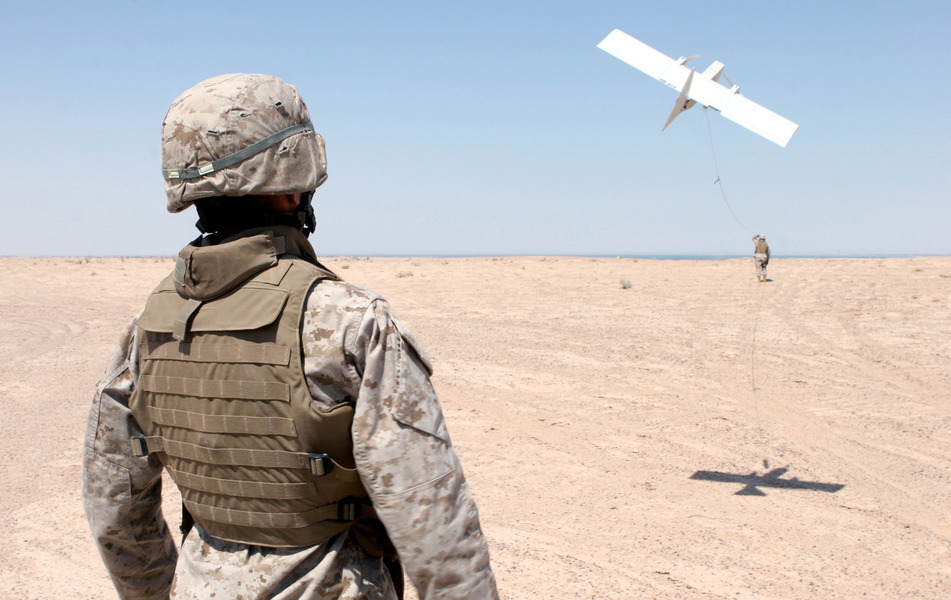Iran Hijacked U.S. Drone?
Scott Peterson and Payam Faramarzi at the Christian Science Monitor have an interview with an unnamed Iranian engineer who says that Iran took over the computer systems of the RQ-170 Sentinel UAV, cut off its communication links with the USG, and then reconfigured its GPS coordinates to cause it to land in Iran rather than its home base in Afghanistan. I doubt the story is true. One unnamed U.S.
Published by The Lawfare Institute
in Cooperation With

Scott Peterson and Payam Faramarzi at the Christian Science Monitor have an interview with an unnamed Iranian engineer who says that Iran took over the computer systems of the RQ-170 Sentinel UAV, cut off its communication links with the USG, and then reconfigured its GPS coordinates to cause it to land in Iran rather than its home base in Afghanistan. I doubt the story is true. One unnamed U.S. official called the Iranian claim “ludicrous,” and other experts were skeptical. But even if not true, the story highlights two underappreciated background prerequisites to the extraordinary success of U.S. drone technology in the past few years.
First, the UAVs must be able to evade air defense systems. In many countries where the USG deploys UAVs, there are no effective air defenses. But in places like Pakistan and Iran, which have operational air defenses, the UAVs must – like the RQ-170 was designed to do, and apparently did do successfully in the Bin Laden raid – deploy stealth technologies to avoid detection. In such countries, UAV success depends on the success of the stealth technologies. This is why some have argued that the future of drone technology lies in stealth drones like the RQ-170 rather than ones, like the Predator and the Reaper, that lack stealth capabilities. It also makes it intensely interesting whether and how Iran might have been able to spot the drone in the first place.
Second, UAVs must be able to defend against hacking. The UAVs – and indeed, almost all of the net-centric U.S. military’s modern weapons capabilities – depend on computer and related communications and GPS technologies that have in recent years been seen largely as force-multipliers. But reliance on computer and related technologies also introduces vulnerabilities that sophisticated adversaries can exploit, and indeed, the news is filled with worries about cyber-infiltrations of U.S. (including U.S. military) computer systems. UAV technology has seemed very powerful in recent years in part because it has not been deployed against adversaries with sophisticated offensive cyber capabilities.
Jack Goldsmith is the Learned Hand Professor at Harvard Law School, co-founder of Lawfare, and a Non-Resident Senior Fellow at the American Enterprise Institute. Before coming to Harvard, Professor Goldsmith served as Assistant Attorney General, Office of Legal Counsel from 2003-2004, and Special Counsel to the Department of Defense from 2002-2003.


.jpg?sfvrsn=82a6ee72_5)


